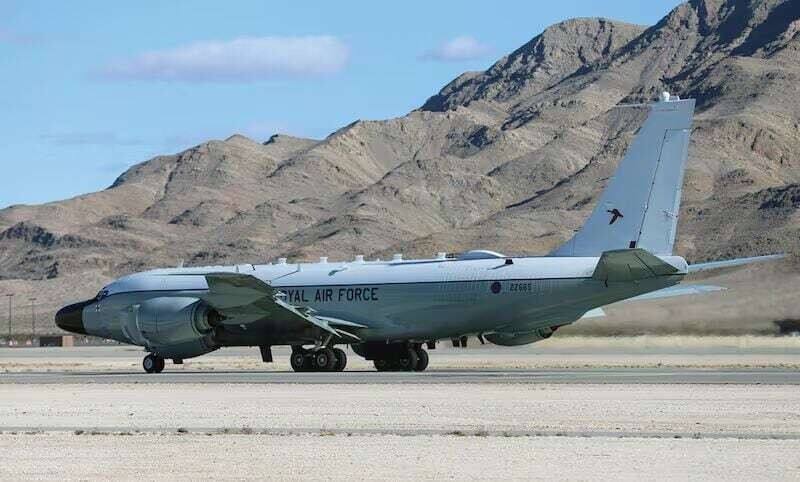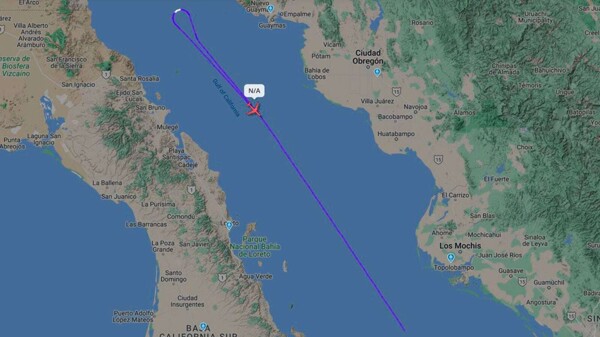
The National Air Surveillance Service (Seneam) notified the National Center for Airspace Monitoring and Protection (Cenavide) about the trace of an unauthorized flight on February 3, according to a statement from the National Defense Secretariat (Sedena). Mexican legislation, in its article 23, establishes air interception procedures in national airspace, in accordance with international standards of the International Civil Aviation Organization.
The regulations indicate that Cenavide, upon declaring an air alert, must simultaneously inform the aeronautical authority and the Navigation Services in Mexican Airspace. In the event of detecting a trace of interest, an unauthorized flight, the Navigation Services must act prioritizing air safety.
According to information verified by El Financiero, a Boeing RC-135V flight flew over the Gulf of California on February 3 without authorization in controlled Mexican airspace. The aircraft operated at an altitude of 32,525 feet, putting air traffic at risk by crossing airways near Cabo San Lucas.
Mexican airspace is divided into four Flight Information Regions (FIRs): Mérida, Monterrey, Mexico, and Mazatlán. These regions are subdivided into controlled and uncontrolled airspace, requiring a Flight Plan to fly in the first category. The U.S. military aircraft RC-135V crosses the airspace controlled by Seneam in the Mazatlán region, needing to comply with established protocols.
The Mazatlán Control Center reported the irregular presence of the aircraft to Cenavide, located 83 kilometers from Cabo San Lucas. Sedena stated that the flight was taking place over international waters, while the Air Traffic Controllers Union indicated that the overflown area was part of Mexican airspace.
The General Secretary of the Union stated that lacking an authorized flight plan and failing to communicate with local aeronautical authorities, the flight is considered unauthorized according to the Mexican Airspace Protection Law. Experts point out that such incidents are not infrequent, and interception protocols should be activated according to current legislation.













